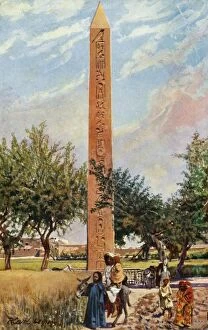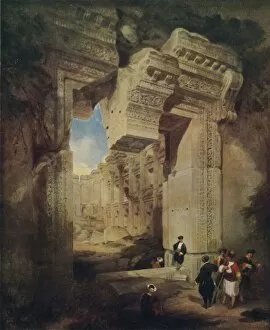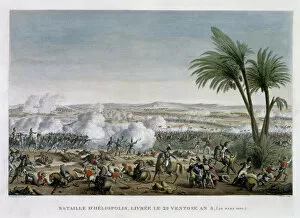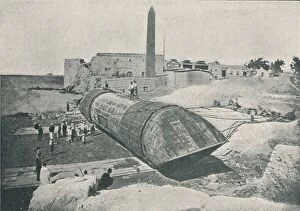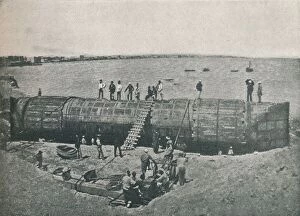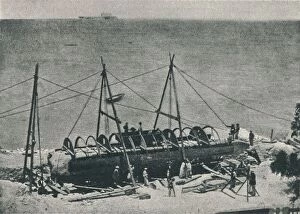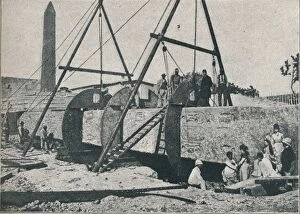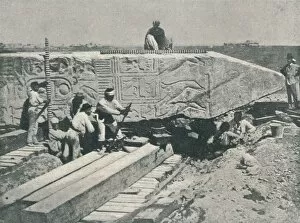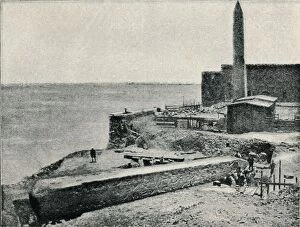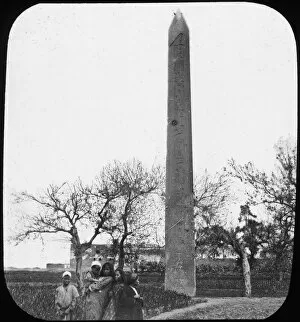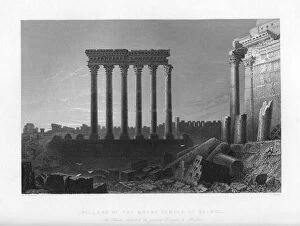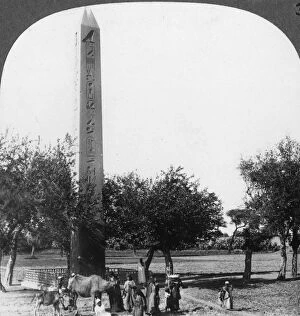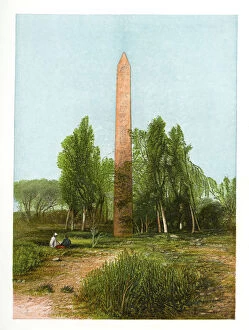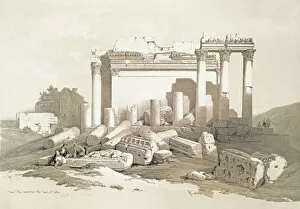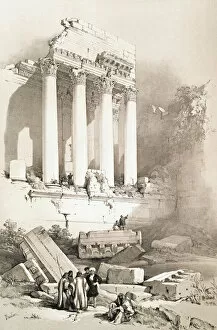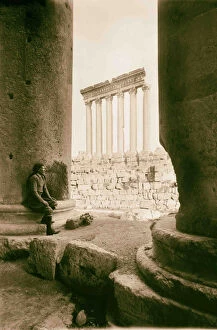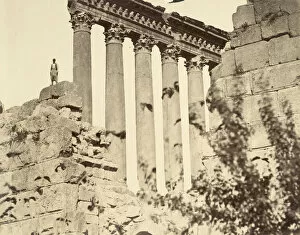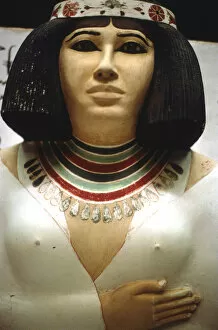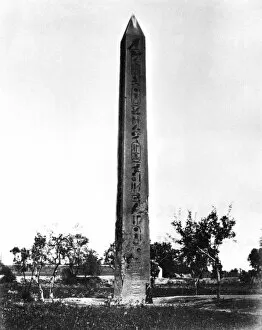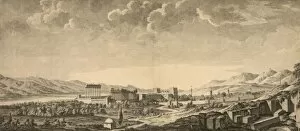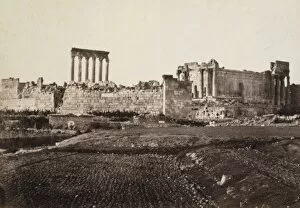Baalbec Collection (#2)
Baalbec, a mesmerizing ancient temple site located in Lebanon, has captivated visitors for centuries
For sale as Licensed Images
Choose your image, Select your licence and Download the media
Baalbec, a mesmerizing ancient temple site located in Lebanon, has captivated visitors for centuries. Steeped in history and grandeur, Baalbec stands as a testament to the rich cultural heritage of this region. Dating back to pre-1900s Lebanon, Baalbec's majestic ruins have withstood the test of time. Once an important religious center dedicated to the Phoenician god Ba'al, it later became a Roman city renowned for its colossal temples. During the Victorian period, explorers and archaeologists were drawn to this magnificent site. They marveled at the intricate carvings and imposing structures that adorned Baalbec's landscape. These intrepid adventurers sought to uncover the secrets hidden within these ancient walls. Pre-1900s photographs of Lebanon showcase Baalbec in all its glory. The sheer scale of its architecture leaves one awestruck - towering columns reaching towards the heavens and intricately designed friezes depicting mythological scenes transport visitors back in time. Today, tourists from around the world flock to witness this architectural marvel firsthand. Walking amidst these ancient ruins is like stepping into another era - a tangible connection between past and present. As you explore Baalbec today, imagine yourself transported back thousands of years ago when this site was bustling with life and vibrant ceremonies honoring deities long forgotten. Let your imagination run wild as you stand before these monumental structures that have witnessed countless generations come and go. Baalbec remains an enduring symbol of Lebanon's rich historical legacy; it serves as a reminder that even after centuries have passed, our human desire for greatness endures through artistry and craftsmanship that transcends time itself.

